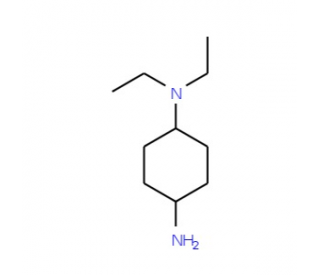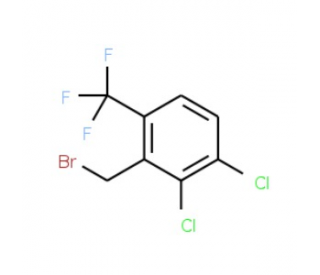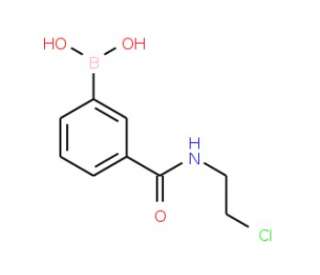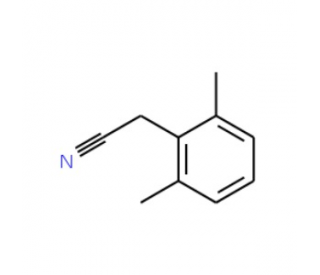详细说明
Purity
>95%, by SDS-PAGE under reducing conditions and visualized by silver stain
Endotoxin Level
<0.10 EU per 1 μg of the protein by the LAL method.
Activity
Measured by its binding ability in a functional ELISA. When recombinant mouse Agouti is coated at 1 μg/mL, Recombinant Human Attractin binds with apparent K D <40 nM.
Source
Chinese Hamster Ovary cell line, CHO-derived
Human Attractin
(Ala84-Gln1272)
Accession # NP_647538HPGGGSGGGSGGGS
6-His tag N-terminus C-terminus Accession #
N-terminal Sequence
AnalysisAla84
Predicted Molecular Mass
135 kDa
SDS-PAGE
150-180 kDa, reducing conditions
7238-AT |
| |
Formulation Lyophilized from a 0.2 μm filtered solution in PBS. | ||
Reconstitution Reconstitute at 500 μg/mL in PBS. | ||
Shipping The product is shipped at ambient temperature. Upon receipt, store it immediately at the temperature recommended below. | ||
Stability & Storage: Use a manual defrost freezer and avoid repeated freeze-thaw cycles.
|
Background: Attractin
Attractin, also known as DPPT-L and Mahogany, is a transmembrane glycoprotein with functions in hair pigmentation, axon myelination, energy balance regulation, and immune activation (1, 2). Mature human Attractin consists of a 1196 amino acid (aa) extracellular domain, a 21 aa transmembrane segment, and a 129 aa cytoplasmic domain (3). Within the ECD, it shares 95% aa sequence identity with mouse and rat Attractin. Alternative splicing generates an approximately 175 kDa secreted soluble isoform that corresponds to the ECD of the transmembrane form (4, 5). Attractin is expressed in activated T cells, monocytes, hair follicle melanocytes, brain (notably the hypothalamus, hippocampus, and substantia nigra), and adipose tissue (3, 6-9). Activated T cells release soluble Attractin which then co-stimulates T cell proliferation (3, 4). Attractin also functions with Melanocortin 1R as a co-receptor for Agouti and, as a soluble molecule, can neutralize the bioactivity of Agouti on hair follicle melanocytes (7, 8, 10, 11). Similarly, mutations in Attractin gene suppresses the diet-induced obesity which is characteristic of Agouti overexpressing mice (1, 7). In the CNS, Attractin plays a role in axon myelination, neurite branching on differentiating neurons, and protection from neurotoxins (1, 9, 12). It is elevated in the CSF in high grade malignant astrocytoma and promotes glioma cell migration (14).
References:
Gunn, T.M. et al. (2001) Genetics 158:1683.
Friedrich, D. et al. (2007) Biol. Chem. 388:155.
Duke-Cohan, J.S. et al. (1998) Proc. Natl. Acad. Sci. USA 95:11336.
Duke-Cohan, J.S. et al. (1996) J. Immunol. 156:1714.
Tang, W. et al. (2000) Proc. Natl. Acad. Sci. USA 97:6025.
Wrenger, S. et al. (2006) J. Leukoc. Biol. 80:621.
Nagle, D.L. et al. (1999) Nature 398:148.
He, L. et al. (2001) Nat. Genet. 27:40.
Paz, J. et al. (2007) Neurobiol. Aging 28:1446.
Hida, T. et al. (2009) Pigment Cell Melanoma Res. 22:623.
Gunn, T.M. et al. (1999) Nature 398:152.
Kuramoto, T. et al. (2001) Proc. Natl. Acad. Sci. USA 98:559.
Tang, W. and J.S. Duke-Cohan (2002) J. Neuropathol. Exp. Neurol. 61:767.
Khwaja, F.W. et al. (2006) Clin. Cancer Res. 12:6331.
Entrez Gene IDs:
8455 (Human); 11990 (Mouse); 83526 (Rat)
Alternate Names:
ATRN; Attractin; DPPT-L; KIAA0548; Mahogany Protein; MGC126754; MGCA











 粤公网安备44196802000105号
粤公网安备44196802000105号